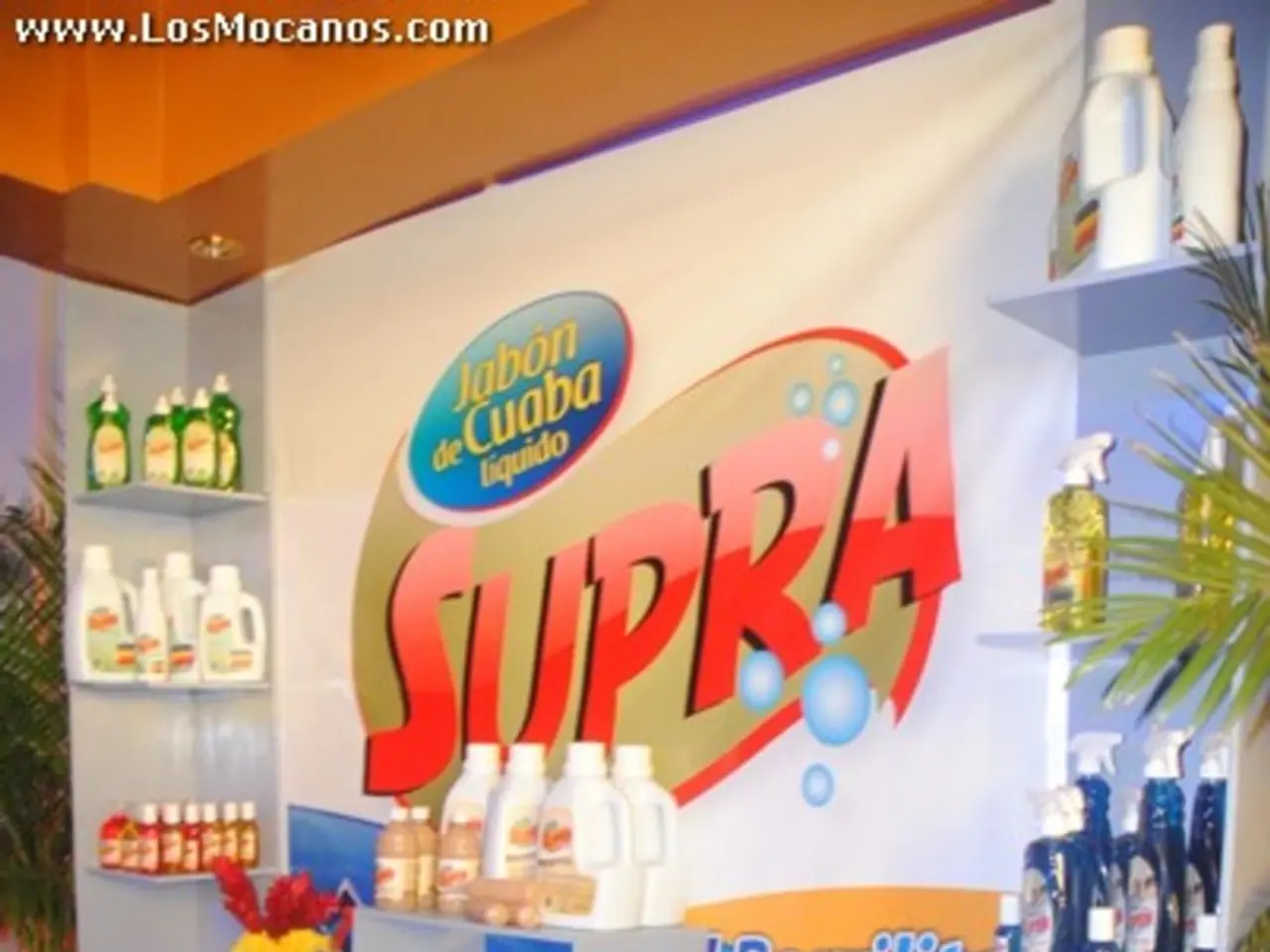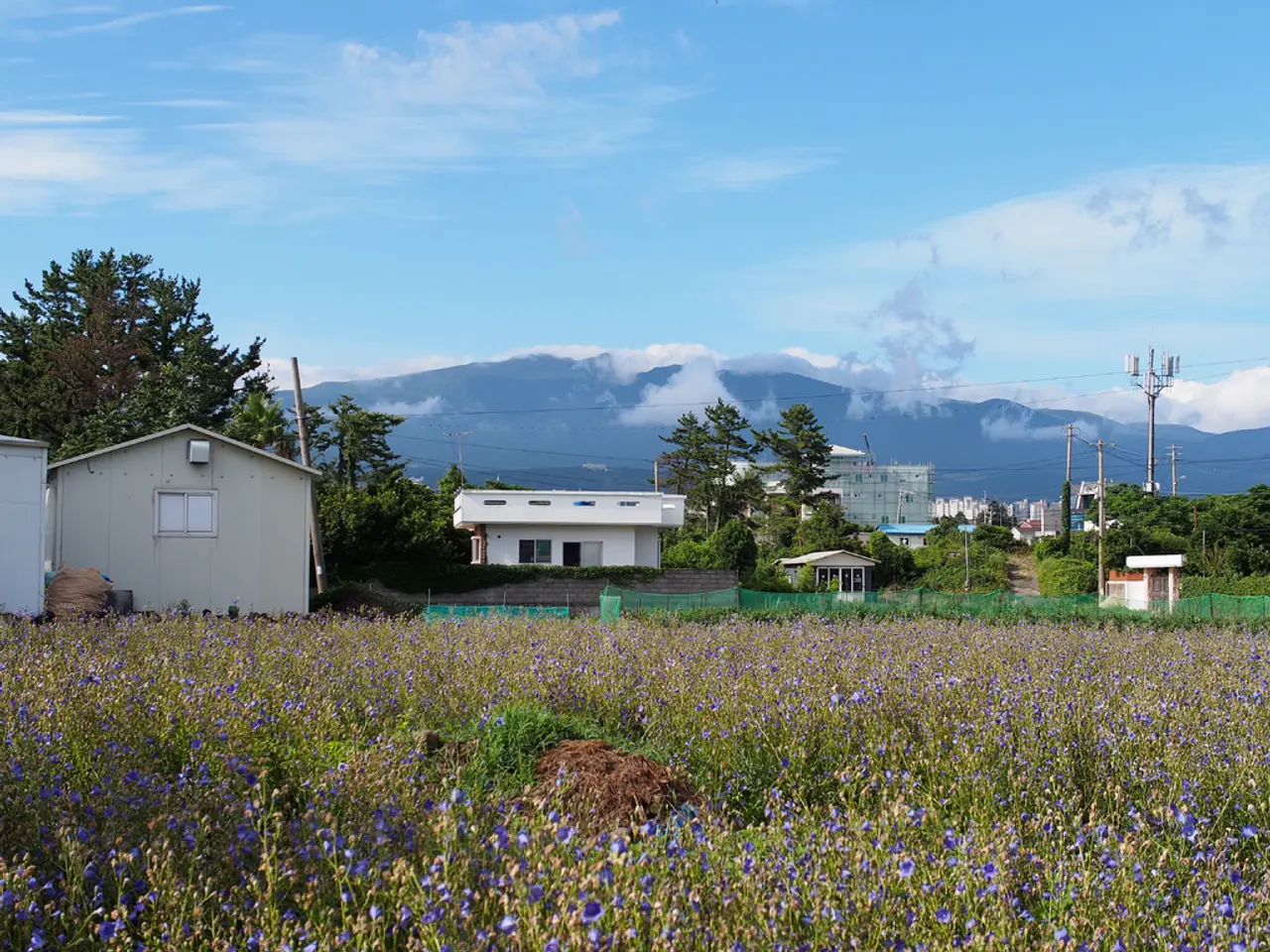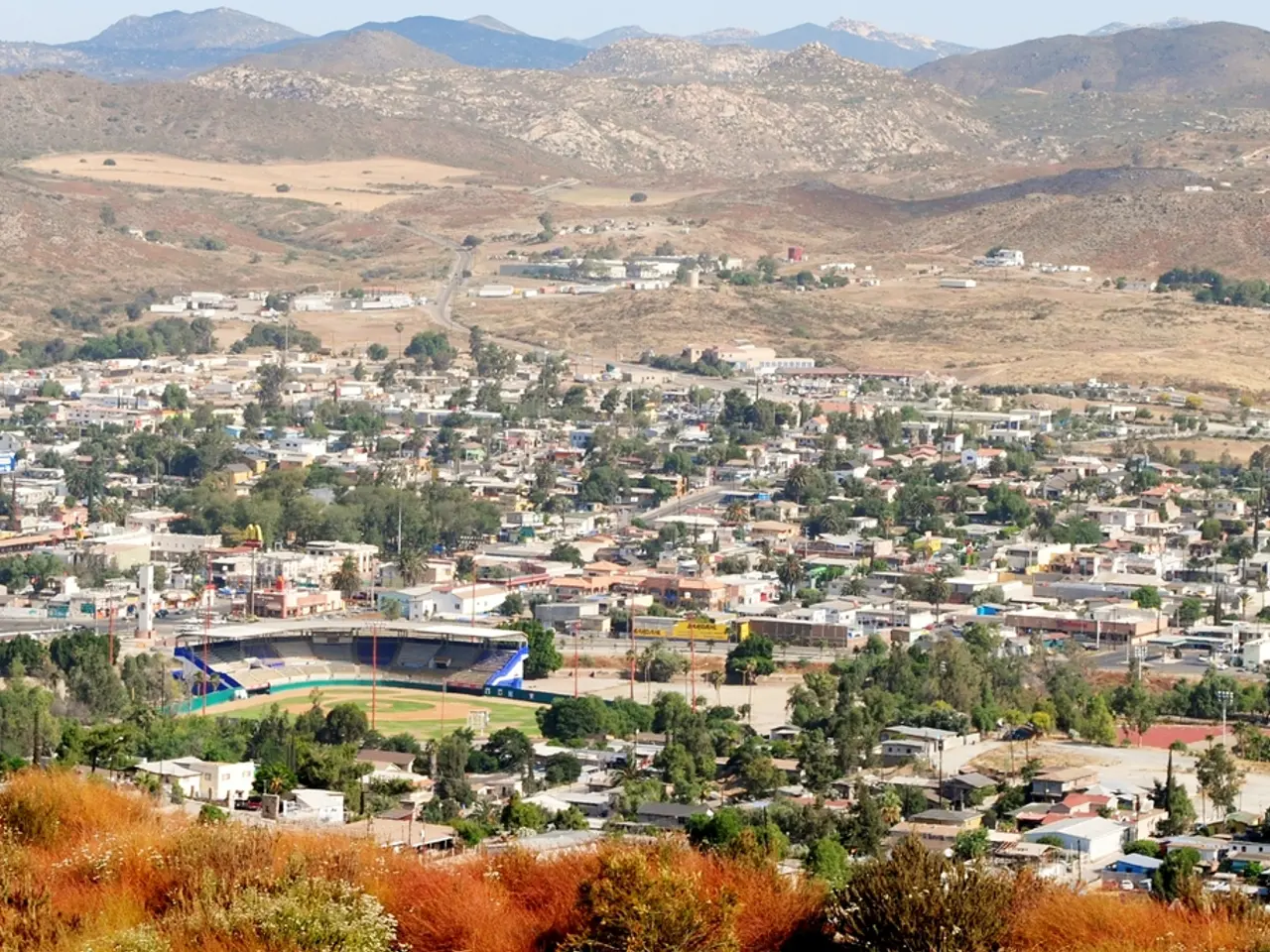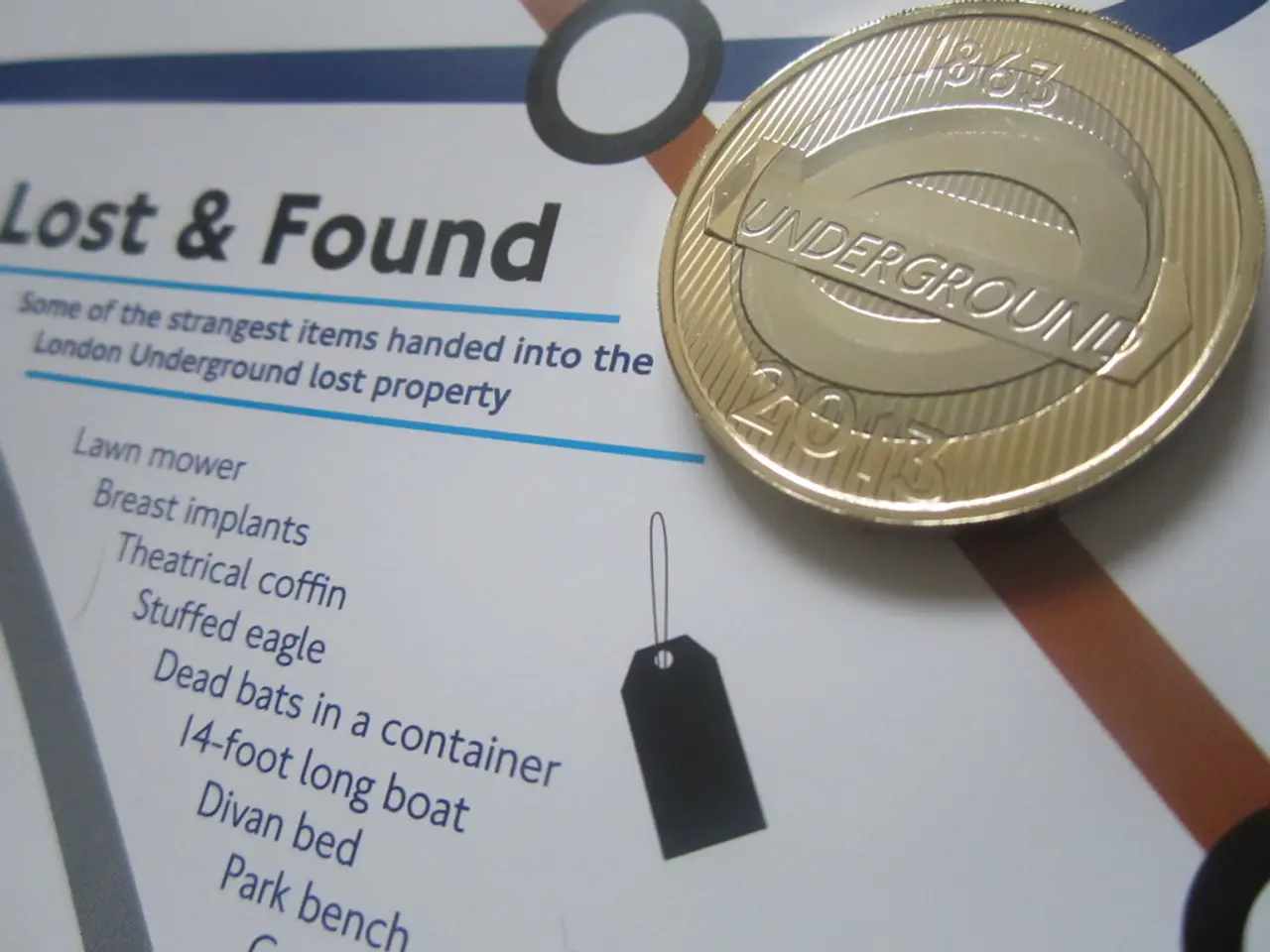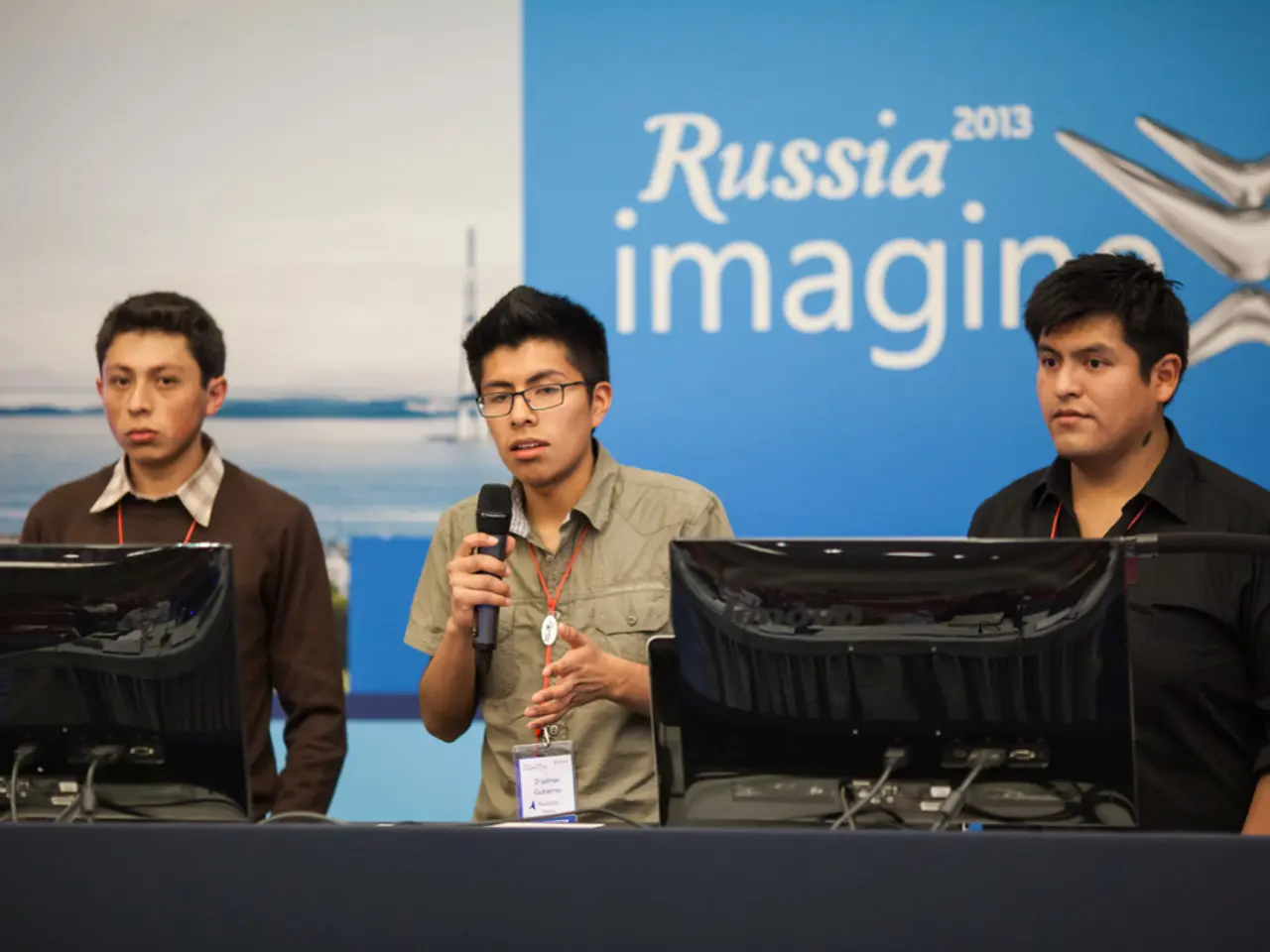Toyota's Foreign Manufacturing Facility in Brazil Stops Production: Glancing Toward Tomorrow in the Land of the Brazilians
Toyota's Pioneering São Bernardo Plant Closes After 60 Years, Marking a New Era in Brazil
Toyota do Brasil's São Bernardo Plant, a pivotal factor in Toyota's growth in Brazil and its first overseas manufacturing facility, has closed its doors after 60 years of operation. The plant, which became a symbol of Toyota's commitment to the Brazilian and South American markets, ceased production in November 2024[1][2].
The São Bernardo Plant was a pioneer in Toyota's overseas expansion, marking its strategic commitment to the region. Among its historical highlights is the production of the iconic "Bandeirante" model, which became a symbol of Toyota do Brasil[2]. The plant was also renowned for its "legendary press machine," an 89-year-old machine that predates Toyota's existence and played a critical role in stamping and forming various parts of Toyota vehicles[2].
The decision to close the São Bernardo Plant was not an easy one. According to reports, it was based on the principles of true value and resolve being only put to the test when it's time to end a business[2]. Despite the closure, Toyota continues to emphasize its dedication to innovation and sustainability in Brazil. The company is shifting focus towards new mobility technologies, including electrification and decarbonization efforts, to adapt to evolving market demands and global environmental challenges[3].
Toyota is likely to pursue development in alternative fuel vehicles like hydrogen-powered cars and electric vehicles, aligning with broader industry trends and company strategies articulated by leadership[3]. The São Bernardo Plant's closure marks a strategic shift rather than an exit from Brazil, underscoring Toyota’s ongoing commitment to the country's automotive future.
The legendary press machine, which has been making parts since before Toyota was founded, was a testament to the São Bernardo Plant's engineering prowess and manufacturing excellence. On the plant's final day, Oyaji Kawai, who has been working at the plant for 57 years, was present. Known as "Oyaji" in the genba, he shared insights about the plant's last day[4].
The São Bernardo Plant was unique in that it had a better implementation of the Toyota Production System (TPS) than any in Japan. This was due to the direct teaching of TPS by Taiichi Ohno, who systematized the Toyota Production System and often visited the São Bernardo Plant, instilling the culture of kaizen[5].
As Toyota looks towards the future, it is clear that the São Bernardo Plant has left a lasting impact on the company's history in Brazil. The plant's closure may mark the end of an era, but its legacy will continue to shape Toyota's operations and strategies in the region for years to come.
References: 1. Toyota Sao Bernardo Plant Closes After 60 Years 2. Toyota's São Bernardo Plant: A Legendary Legacy 3. Toyota's Future in Brazil: Innovation and Sustainability 4. Oyaji Kawai Discusses the São Bernardo Plant's Last Day 5. The São Bernardo Plant: A Better Implementation of TPS than Any in Japan
The São Bernardo Plant's closure signifies a significant shift in Toyota's manufacturing strategy within the industry, potentially leading to investments in new technologies like electric vehicles and hydrogen-powered cars. The plant, renowned for its engineering prowess and commitment to the Toyota Production System (TPS), has left a lasting influence on Toyota's financial decisions in Brazil.
